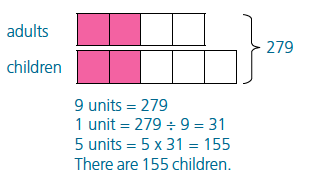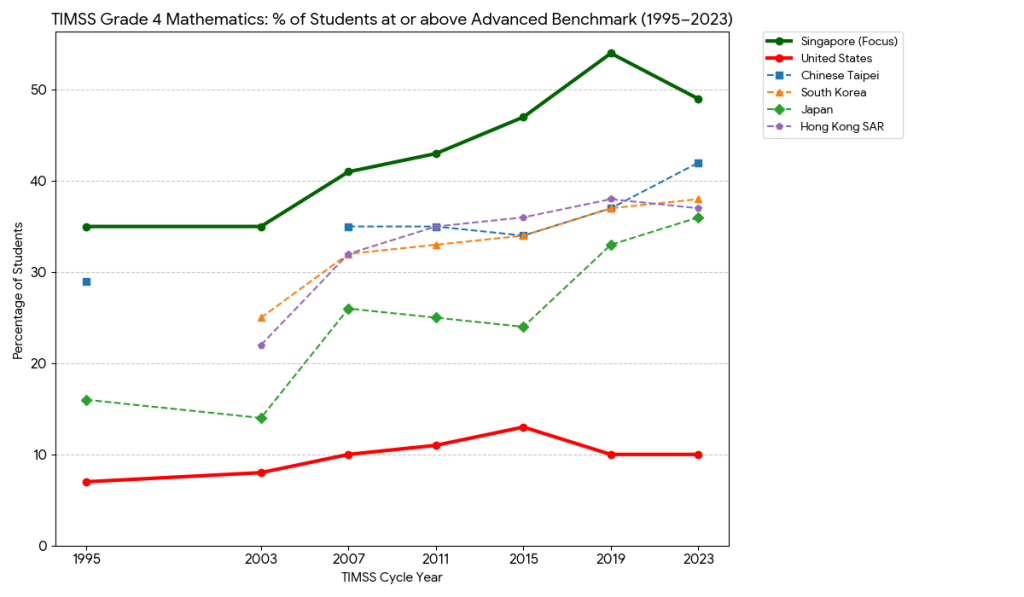Top 10 reasons as to why is Singapore Math is the “gold standard” of math curricula?

For parents seeking a mathematics curriculum that fosters long-term success, Singapore Math presents the “Gold Standard”. Its approach, which has consistently placed Singaporean students at the top of international math assessments, is designed to build a deep and lasting understanding of mathematical concepts. Here are ten reasons why this method may be the best choice for your child’s mathematical journey.
1. Develops Deep Conceptual Understanding
Unlike traditional math programs that can lean heavily on rote memorization of procedures, a Gold Standard curriculum must offer something different and more effective. Singapore Math emphasizes understanding the “why” behind mathematical concepts. Students don’t just learn formulas and rules; they are taught to see the connections and logic behind them, which leads to a more profound and meaningful grasp of the subject.
2. Focuses on Mastery
The curriculum is structured to cover fewer topics in each grade level, but in much greater depth. This mastery-based approach ensures that children have a solid understanding of a concept before they are introduced to the next, preventing learning gaps that can hinder future progress.
3. Employs the Concrete, Pictorial, Abstract (CPA) Approach

A hallmark of Singapore Math is its three-stage learning process that truly lays the foundation for “understanding” mathematics.
- Concrete The “doing” stage where children use physical objects in hands-on activities.
- Pictorial The “seeing” stage where children use drawings or pictures to represent math.
- Abstract The “symbolic” stage that connects the concepts learned in Concrete and Pictorial stages to symbolic representations to solve math problems.
This progression from the tangible to the abstract helps students build a solid conceptual foundation rather than learning symbol manipulations that often obfuscates the meaning behind these manipulations.
4. Hones Problem-Solving Skills
Singapore Math is centered around problem-solving. Students are regularly presented with multi-step word problems that require them to think critically and apply their knowledge in new and varied ways, rather than just replicating a demonstrated procedure. This prepares them to tackle unstructured problems in unfamiliar contexts.
5. Bar Models: The visual tool to mastering “Algebraic Thinking”
A key feature of the Singapore Math method is “bar modeling,” a visual technique where students draw rectangular bars to represent quantities and their relationships in a word problem. This visual tool helps students make sense of complex problems and devise a solution strategy.
An example to illustrate:
At a party, 1/2 of the adults is equal to 2/5 of the children. If there are 279 people altogether, how many children are there?

6. Builds a Strong Foundation with Intentional Sequencing and variation
Concepts in the Singapore Math curriculum are introduced in a logical, carefully planned sequence. Each new topic builds directly on previously learned material, creating a strong and interconnected web of knowledge. This systematic progression is backed by academic research on how students learn and absorb concepts.
7. Encourages Mental Math
The curriculum places a strong emphasis on developing “number sense” and mental math strategies. By understanding number bonds and relationships, students become more flexible and efficient in their calculations, which is a valuable skill for both everyday life and advanced mathematics.
8. Proven Track Record of Success
The effectiveness of the Singapore Math curriculum is supported by decades of results. Since 1995, Singapore has consistently been a top performer in international mathematics assessments like the Trends in International Mathematics and Science Study (TIMSS) and the Program for International Student Assessment (PISA). It is no wonder the monicker of “Gold Standard” of curricula is afforded to the Singapore Math curriculum and pedagogy.

9. Boosts Confidence in Math
By ensuring students truly understand the material, Singapore Math helps build their confidence. When math makes sense, it becomes less intimidating and more approachable, fostering a positive attitude towards the subject.
10. Prepares Students for Advanced Mathematics
The deep conceptual understanding and strong problem-solving skills developed through Singapore Math provide an excellent foundation for more advanced topics like algebra and calculus. Students are not just prepared to pass tests but are equipped with the thinking skills needed to excel in their future mathematical studies.